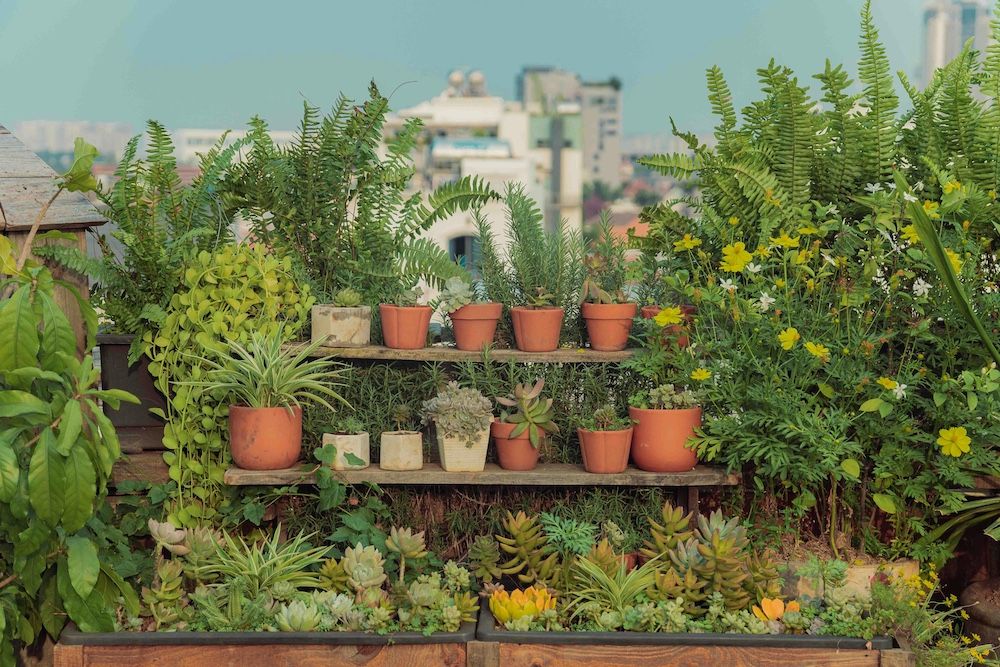What can we do on a small balcony? How about vegetable gardening? This sounds like a good idea. Vegetable gardening on a small balcony can be a highly rewarding experience, even with limited space. Many people may have already done it or on the way to do it. Here are some tips for those who are about to work on it.
before you get started, you need to assess your balcony. you need to determine how much sunlight your balcony receives daily. Most vegetables need at least 4-6 hours of direct sunlight. Note any shaded areas where you might want to place plants that tolerate less light. then measure Your Space. Identify how much room you have for containers, shelves, or vertical gardening.
Choose the Right Vegetables for your balcony. Select space-efficient vegetables, opt for varieties that are well-suited for container gardening and small spaces, such as Leafy Greens like Lettuce, spinach, kale, Herbs like basil, mint, parsley, small vegetables like radishes, cherry tomatoes, peppers, climbing plants like beans, cucumbers (use vertical space with trellises)
When you get the right vegetables, you need to choose proper containers for them. Use pots, planters, or even repurposed containers like buckets or crates. Ensure they have good drainage holes. and consider vertical garden systems or wall-mounted planters to maximize space. Once you have the container, prepare the soil.Use quality potting Mix, and choose a well-draining potting mix designed for container gardening. and add fertilizer. Remeber to mix in a balanced, slow-release fertilizer to provide essential nutrients.
You can start from seeds or buy seedlings. Seeds might take more time and care to germinate, while seedlings are quicker and easier to manage. Follow planting instructions for depth and spacing. Even in containers, proper spacing helps plants grow well. Container plants often dry out faster than garden beds, so check soil moisture regularly. Water when the top inch of soil feels dry. Ensure containers have good drainage to prevent waterlogging. Use stakes, cages, or trellises for climbing plants and those that need support.
Check your plants regularly for pests and diseases. Look for signs like discolored leaves, holes, or unusual spots. Use organic or non-toxic pest control methods, such as neem oil or insecticidal soap, if needed. Regular harvesting can encourage more production. Pick vegetables when they’re ripe to enjoy the best flavor and keep plants producing.
If you grow multiple crops, rotate them to avoid depleting soil nutrients and reduce disease risk. Be mindful of seasonal changes and adjust your planting choices accordingly. Some vegetables may need protection or different care during extreme weather.
With thoughtful planning and care, you can create a thriving vegetable garden on your balcony, making the most of your small space and enjoying fresh, homegrown produce.




